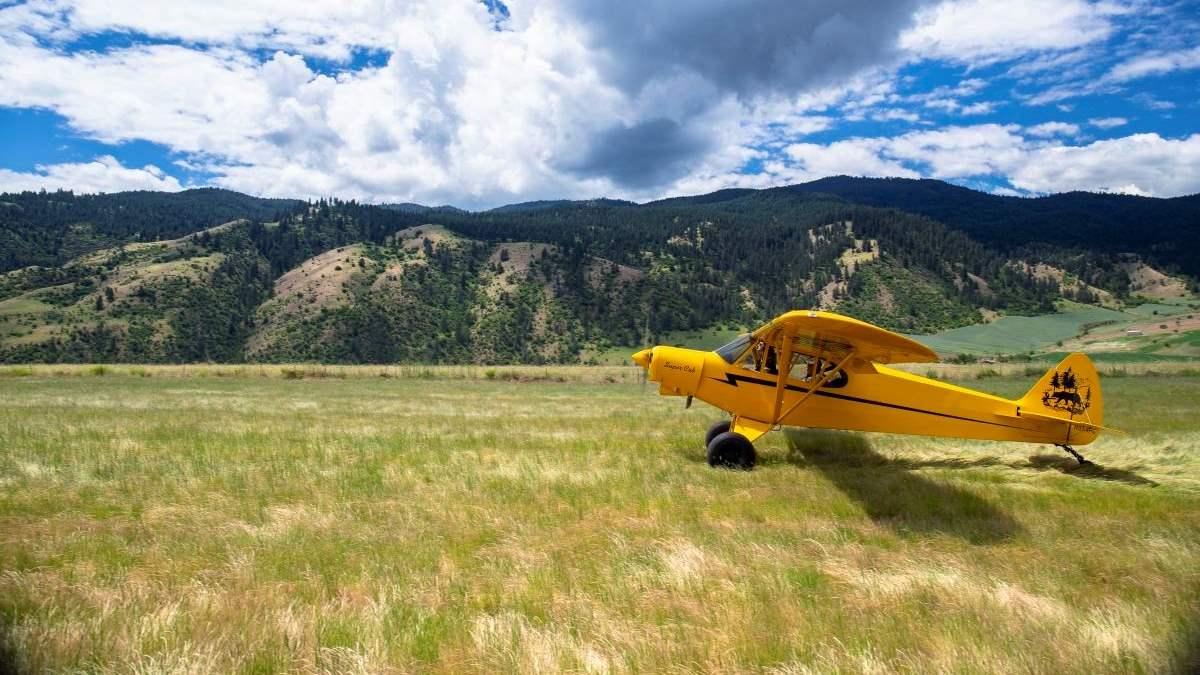Rules to Live By
Safety Spotlight: Mountain Flying

Mountain flying can be fun and rewarding, and there’s always more to learn. Start by getting hands-on training and maintain your mountain-flying proficiency. Additionally, contact your local or state aviation association about any location-specific mountain flying considerations.
Good VFR conditions with little or no wind are ideal for your first solo mountain flight. It’s often best to plan your flight during the morning hours before clouds, wind, and turbulence start to build. Establish your own personal minimums and put them into practice during every flight. At the heart of safe mountain flying is always knowing your options and giving yourself an out whenever possible. The mountains are unlikely to be forgiving of even a single mistake.
Flying in the mountains can be an awesome experience if you remember the basics.
- Density altitude will affect aircraft performance.
- Preflight planning is a must. Consider the time of day, route selection, alternates, and emergency planning.
- Airport conditions will vary. Look at the runway surface, condition, slope, and nearby obstacles.
- Get a thorough weather briefing and update it while en route.
- Plan for diversions and evaluate alternate landing sites.
- Always file and activate a flight plan.